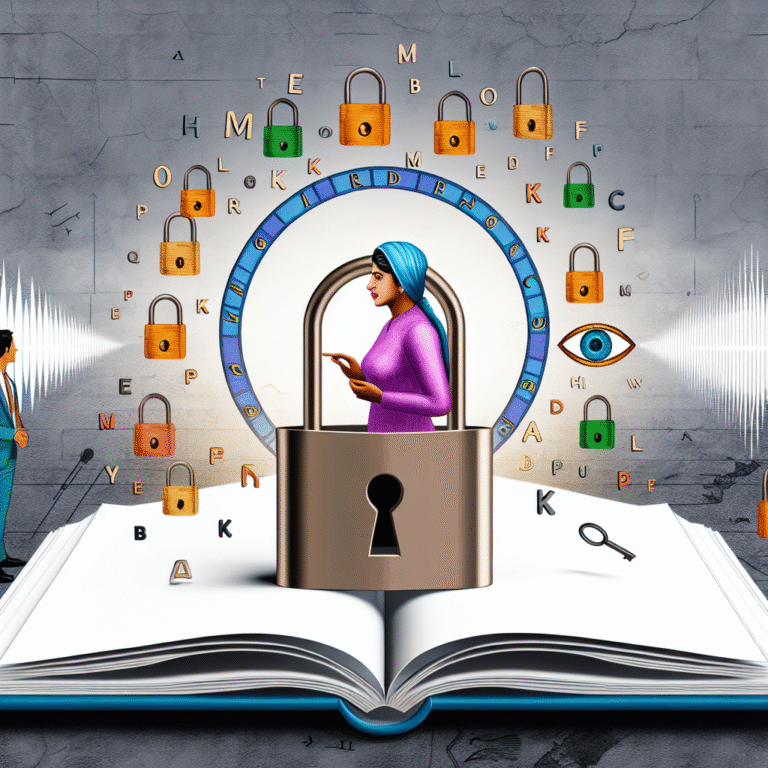
Inclusive Classrooms: The Ultimate Roadmap to Best Teaching Practices for Diverse Learners
Introduction
In today’s diverse educational landscape, the need for inclusive classrooms is more pressing than ever. With students from various backgrounds—including different cultures, abilities, and learning styles—teachers face the challenge of creating an environment that meets the needs of all learners. Inclusive classrooms are not just an ideal; they are essential spaces where every student feels valued and empowered to succeed. In this article, we will delve deep into Inclusive Classrooms: A Roadmap to Best Teaching Practices for Diverse Learners. We’ll explore effective strategies, real-world applications, and insightful analyses, all aimed at fostering an inclusive educational experience.
The Importance of Inclusive Classrooms
Understanding Diversity in Education
Diversity is a defining feature of modern classrooms. It encompasses:
- Cultural diversity: Differences in ethnicity, language, and cultural backgrounds.
- Ability diversity: Varying cognitive and physical abilities.
- Learning style diversity: Unique approaches to processing information.
Recognizing this diversity is the first step toward creating inclusive classrooms. Teachers who understand the nuances of their students’ backgrounds can better tailor their instruction, thereby increasing engagement and achievement.
Benefits of Inclusive Classrooms
Inclusive classrooms yield numerous benefits, including:
- Improved Academic Outcomes: Research indicates that inclusive practices boost overall student performance.
- Enhanced Social Skills: Students learn from one another, developing respect and empathy.
- Greater Teacher Satisfaction: Educators enjoy more fulfillment when they see all students thriving together.
Key Principles of Inclusive Classrooms
Universal Design for Learning (UDL)
UDL is a framework that encourages flexible approaches to teaching. It recognizes that learners have varying needs and advocates for multiple means of representation, engagement, and action.
Example:
A teacher using UDL principles might offer a lesson on photosynthesis through videos, models, and hands-on experiments, catering to different learning styles.
Differentiated Instruction
This approach involves tailoring the curriculum to meet diverse learners’ needs, whether through different assignments, varied team-based activities, or individualized assessments.
Case Study:
At Lincoln Middle School, a math teacher implemented differentiated instruction by offering tiered assignments for students at different proficiency levels. This method resulted in a noticeable growth in student confidence and understanding.
Collaborative Learning
Group work fosters a sense of community among students. Encouraging collaborative learning not only benefits social skills development but also allows diverse perspectives to enrich discussions.
Analysis:
A study at Maplewood High School found that heterogeneous groupings during science projects led to unexpected insights and deeper learning among students.
Effective Teaching Strategies for Inclusive Classrooms
1. Building Relationships
Creating a connection with students sets the tone for a supportive learning environment. Here’s how:
- Regular check-ins: Simple greetings or one-on-one conversations can make a significant difference.
- Inclusive language: Use language that reflects and respects diversity.
2. Flexible Classroom Layout
An adaptable classroom arrangement can significantly enhance learning. Consider incorporating:
- Flexible seating: Options like bean bags or standing desks cater to different comfort levels.
- Learning stations: Designated areas for independent work, group projects, and resource access can accommodate various learning preferences.
3. Employing Technology
Technology can enrich lessons and provide support for diverse learners. Tools such as screen readers, speech-to-text applications, and educational apps empower students to take ownership of their learning.
Example:
After integrating an interactive reading app in her classroom, Ms. Thompson noted that her students’ engagement and comprehension levels dramatically improved.
4. Culturally Responsive Teaching
Incorporating students’ cultural backgrounds into lessons fosters ownership and engagement. For example, using literature from various cultural perspectives broadens students’ understanding of the world.
Assessment Techniques for Inclusive Classrooms
Formative Assessments
Utilizing ongoing assessments allows teachers to gauge student understanding in real time. Tools such as quizzes, exit tickets, and peer reviews provide insight into where adjustments are necessary.
Summative Assessments
Offering varied forms of assessment—like projects, presentations, or traditional tests—enables all students to showcase their knowledge.
Case Study:
West End Elementary School adopted a project-based assessment approach, allowing students to create presentations on scientific processes. This shift led to higher scores and deeper engagement across the board.
Professional Development and Support for Educators
Ongoing Training
To align with the principles of Inclusive Classrooms: A Roadmap to Best Teaching Practices for Diverse Learners, it is critical that educators engage in professional development.
- Workshops on UDL: Training sessions focusing on UDL principles empower educators to effectively meet diverse learner needs.
- Collaboration with specialists: Regular consultations with special education experts can provide invaluable insights.
Building a Community of Practice
Creating networks among educators fosters sharing best practices, challenges, and successes.
Analysis:
At Parkside High School, regular professional learning communities led teachers to adopt new strategies, resulting in enhanced student inclusivity and achievement.
Challenges in Implementing Inclusive Classrooms
Systemic Barriers
Logistical challenges such as large class sizes, lack of resources, or insufficient training can hinder the effective implementation of inclusive practices.
Attitudinal Barriers
Resistance to change often stems from misconceptions about diversity and inclusion. Providing targeted training can help address these concerns.
Conclusion
Creating inclusive classrooms is not merely a legal or ethical obligation; it is a path toward educational excellence. This road requires ongoing commitment, adaptation, and collaboration among educators, students, and families. As you explore the strategies discussed in this article, remember that each step you take toward inclusivity not only benefits your students today but also shapes a more equitable society for tomorrow.
Key Takeaway
Embrace the journey of creating Inclusive Classrooms: A Roadmap to Best Teaching Practices for Diverse Learners. Start small, celebrate progress, and remember that every step you take enriches the learning environment for everyone.
FAQs
1. What are inclusive classrooms?
Inclusive classrooms are educational settings where all students, regardless of their backgrounds or abilities, are taught together and supported to succeed academically and socially.
2. How can teachers support students with different learning needs?
Teachers can support diverse learners by implementing Universal Design for Learning, differentiated instruction, and utilizing various teaching technologies.
3. What role does classroom layout play in inclusivity?
A flexible classroom layout allows for various learning styles and fosters collaboration, thereby enhancing student engagement and participation.
4. How can parents contribute to inclusive classrooms?
Parents can contribute by communicating openly with teachers about their child’s needs, participating in school activities, and advocating for inclusivity.
5. What are some examples of technology that support diverse learners?
Tools such as text-to-speech software, interactive educational apps, and learning management systems can support various learning needs.
6. Why is ongoing professional development important for teachers?
Ongoing professional development is crucial for equipping educators with the latest strategies, resources, and practices to effectively support all students in inclusive settings.
As educators, you have the power to make a difference. Empower diversity, embrace inclusion, and inspire every learner on their journey to success!













